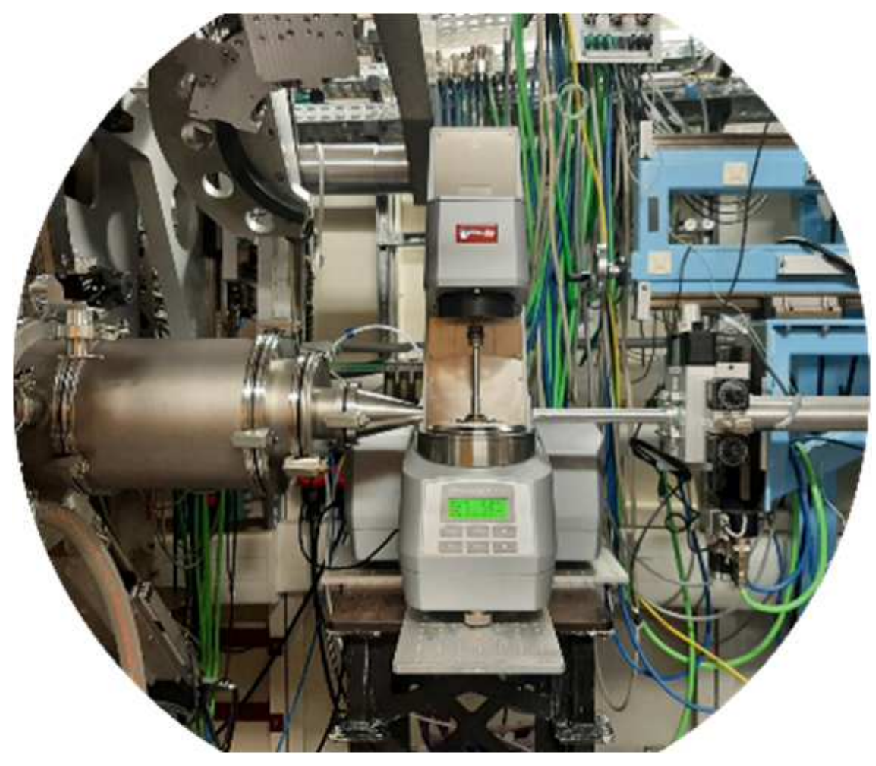Permanent positions
Young researchers potentially interested in applying to the CNRS in 2026 with the Soft Matter Team should contact us rapidly, preferably before end of September 2025.
Please email Luca [dot] Cipelletti [at] umontpellier [dot] fr.
Postdoc & PhD
We always encourage applications from highly motivated, intelligent and hard-working students and postdoctoral fellows. Note that poorly written, obscure, and mass-mailed applications will not be considered. Concerning the PhD opportunities of the lab, only a few of them are dedicated to Soft Matter and/or Biophysics. Depending on the period of the year, you may found some of the open positions below.
Two three-years fully funded PhD scholarship, one in soft matter physics and one in physical chemistry and biophysics

The application deadline is April 28, 2025. For more information, contact Laurence [dot] Ramos [at] umontpellier [dot] fr.
PhD position: Coupled evolution of the physical properties of filled elastomers for smart damage detection

We seek to fill a PhD position at the physics department (Laboratoire Charles Coulomb, U Montpellier), in collaboration with IMP Lyon, on the characterization of dynamical features in filled elastomers as smart tools for early, in-situ, non-destructive detection of fatigue damage. Material failures may have catastrophic consequences, with significant management, repair, and recycling costs. A promising strategy to reduce the environmental impact is to develop new predictive maintenance methods with the aim of extending the operating time. Our project proposes the development of a methodology for the real-time electrical detection of damage in filled elastomers.
The starting date for this position is October 2024, with an application deadline on the 12th of May. More information and contact information can be found in the following PDF file.
